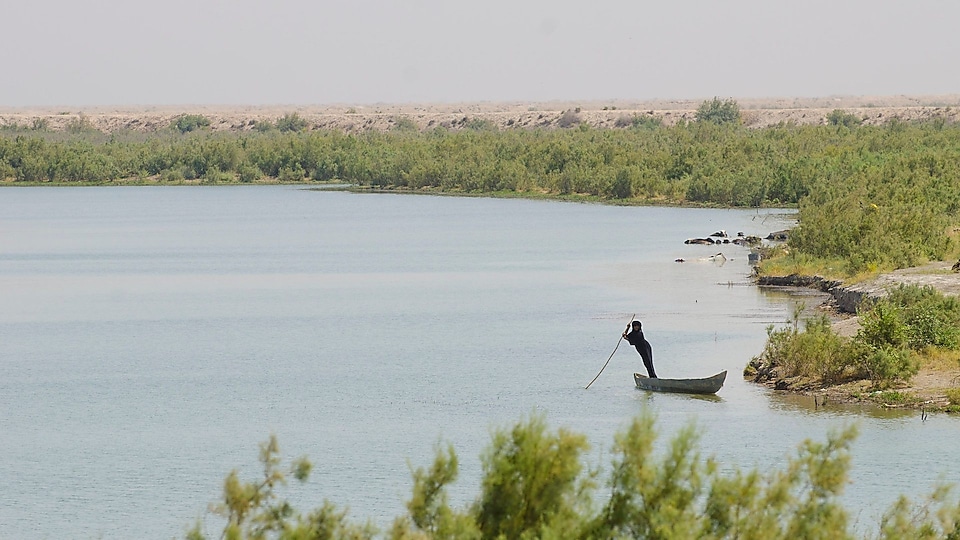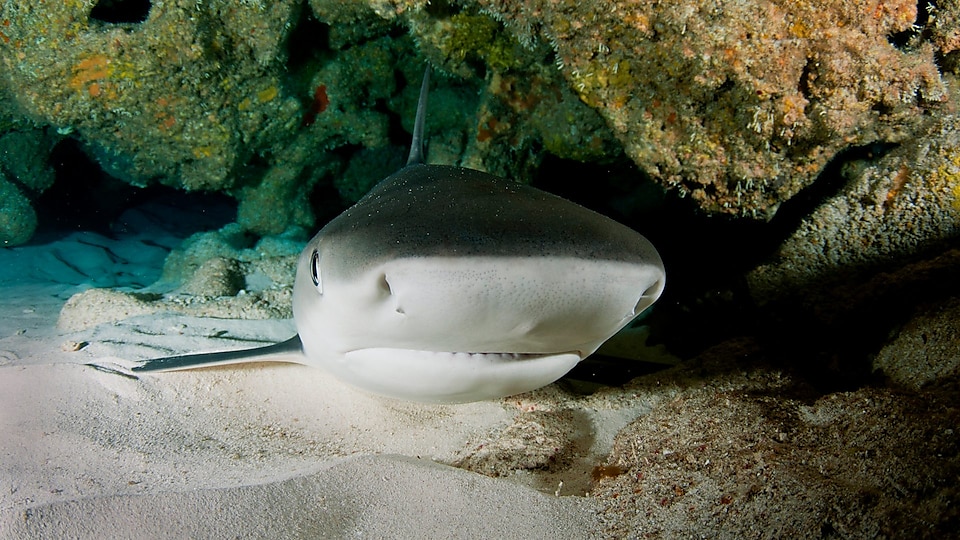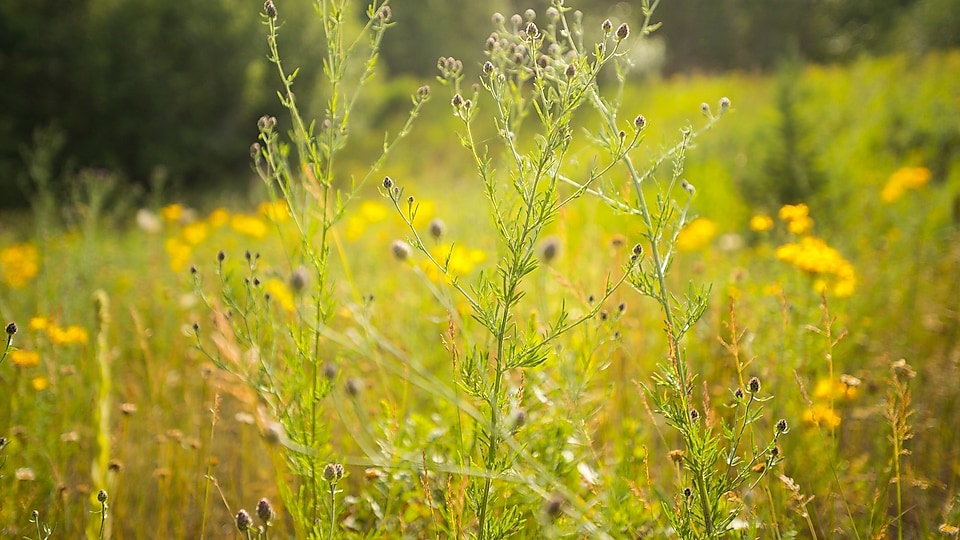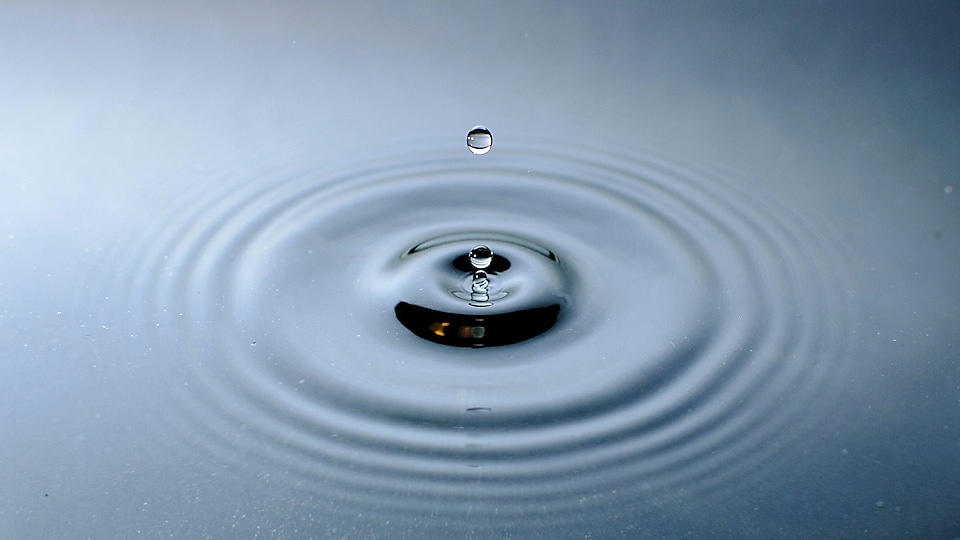
Our approach to biodiversity
When we operate in critical habitats – those that are rich in biodiversity and important to conservation– we apply stringent mitigation standards. We were also the first in the energy industry to introduce a biodiversity standard.
Biodiversity is under threat around the world with many species at risk of extinction, and natural habitats such as tropical forests in decline. Biodiversity is at risk from human pressure through land degradation, overfishing, pollution, climate change and other challenges. Changes in biodiversity can impact local livelihoods.
We apply the mitigation hierarchy in our projects and operations to aim to minimise our impact on the environment as much as possible. This means that we first aim to avoid impacts on biodiversity and ecosystem services. Where avoidance is not possible, we aim to minimise our impact. Where our operations have affected biodiversity and the communities who rely on biodiversity for their livelihoods, we seek to help restore impacted habitats. We look for opportunities to make a positive contribution to conservation, also known as net-positive impact, where we operate.
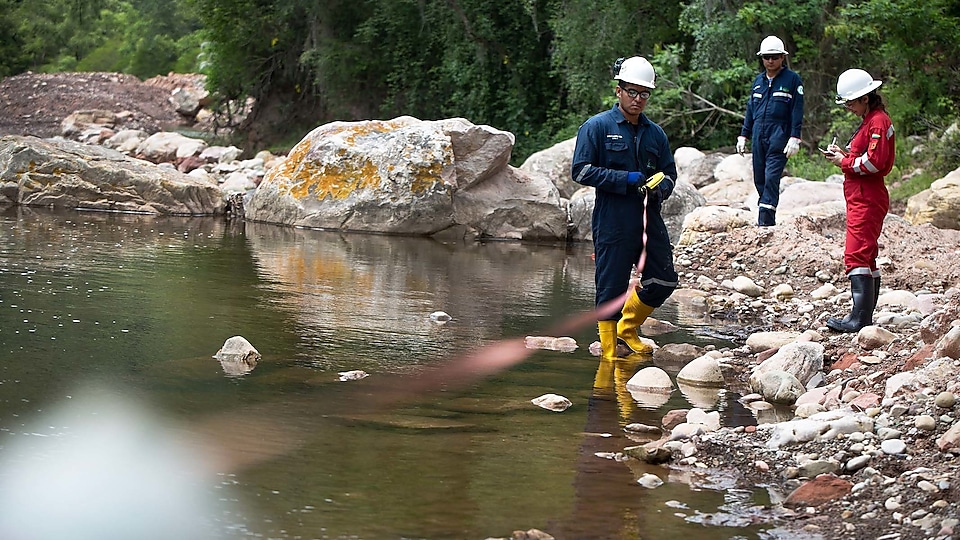
Stringent biodiversity standards
We apply stringent standards to help reduce any impacts our operations may have, particularly in critical habitats, which are areas with high biodiversity conservation significance. We were first in the energy industry to launch a biodiversity standard, back in 2001.
The biodiversity of an area is assessed when we conduct impact assessments for any new major project or large expansions to existing operations. We carefully consider the potential environmental impact of our activities and how local communities may be affected before, during and after operations.
We also develop biodiversity action plans before we start projects in sensitive environments. This helps us to identify and minimise any impacts during planning, operations and at decommissioning. Measures are taken to restore habitats or ecosystems that are close to our operations.
Our standards are designed in line with relevant international standards, including those set by the International Finance Corporation.
more in Sustainability
Life below water
Biodiversity in the oceans is at risk from overfishing, pollution, climate change and other factors. We work with others to find ways to protect the planet’s marine biodiversity.
Life on land
We work to protect biodiversity near our operations in a number of different ways around the world.
You may also be interested in
A close encounter in the Caribbean
Rare sightings of calf sperm whales add to scientific knowledge about life off the coast of Colombia.
More and cleaner energy
We are using our know-how, technology and innovation to help deliver more and cleaner energy for the world's growing population.
Reusing and recycling water
We take steps to manage our use of water responsibly – including looking for beneficial ways to recycle and reuse this valuable resource.
